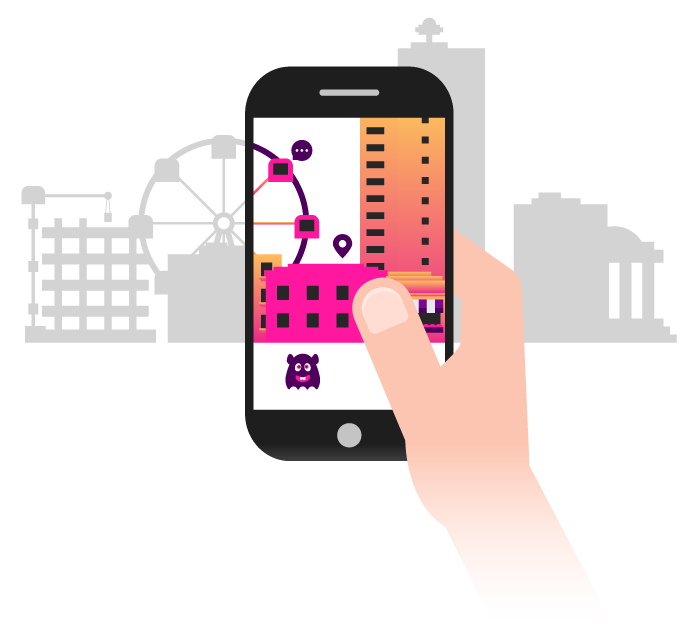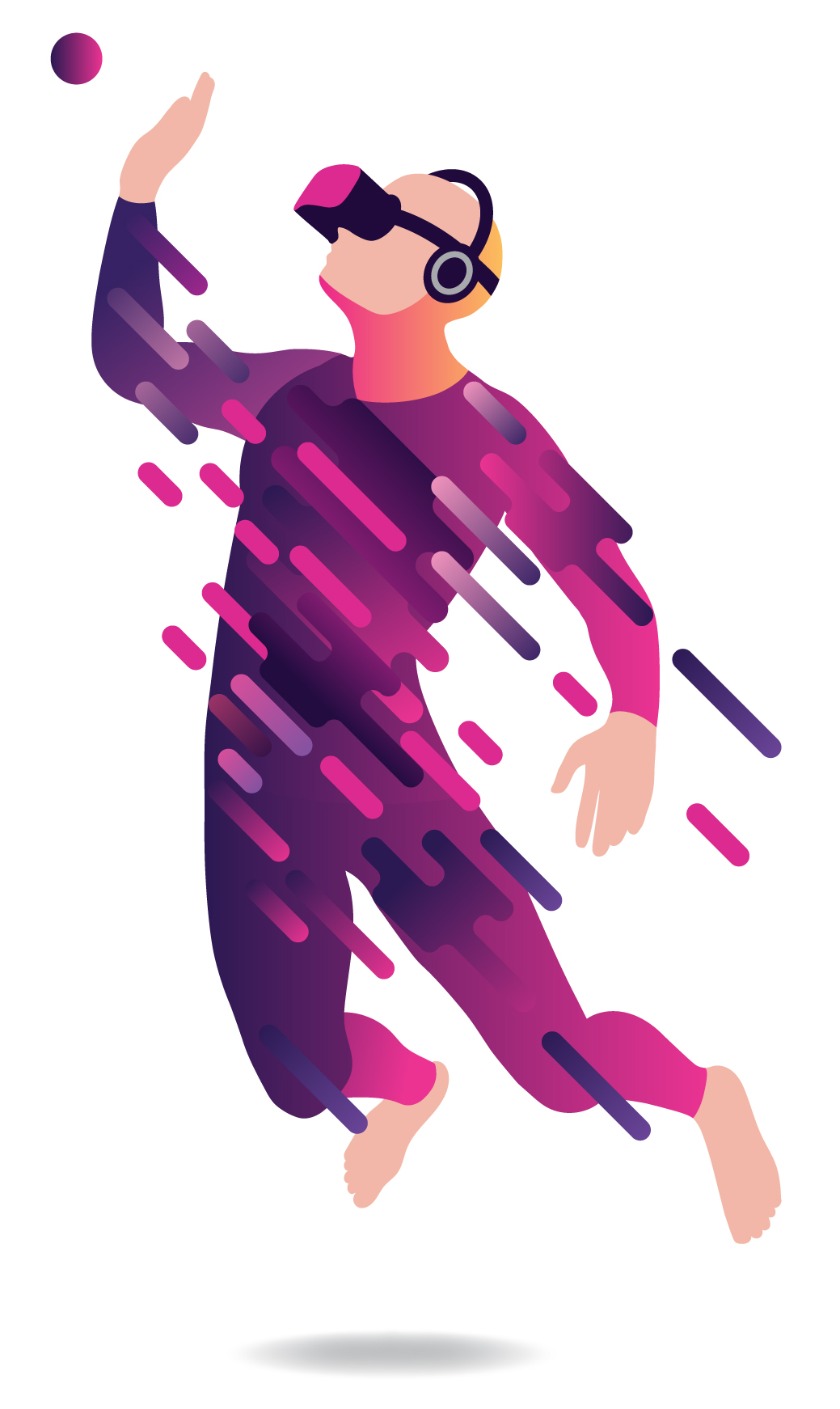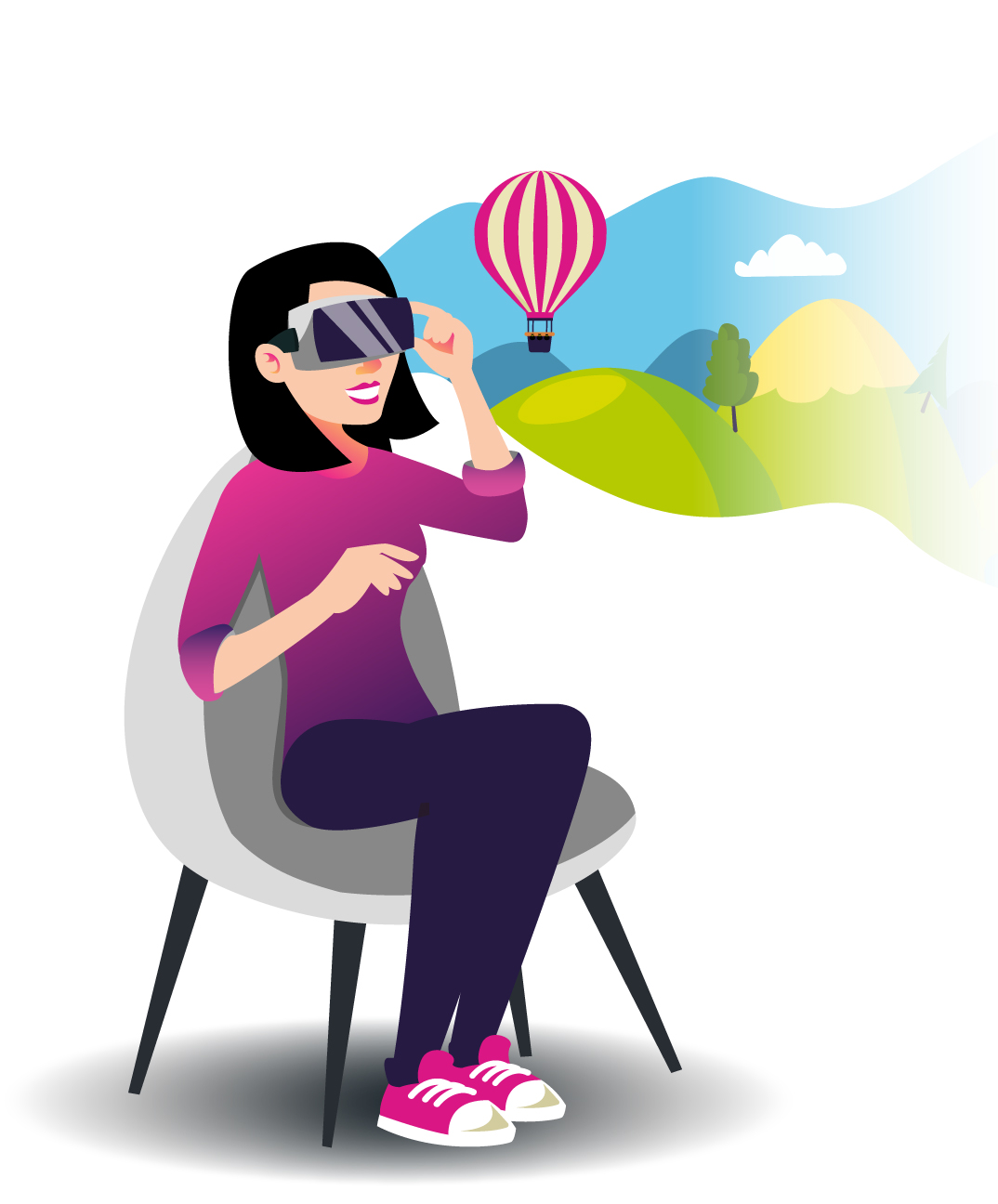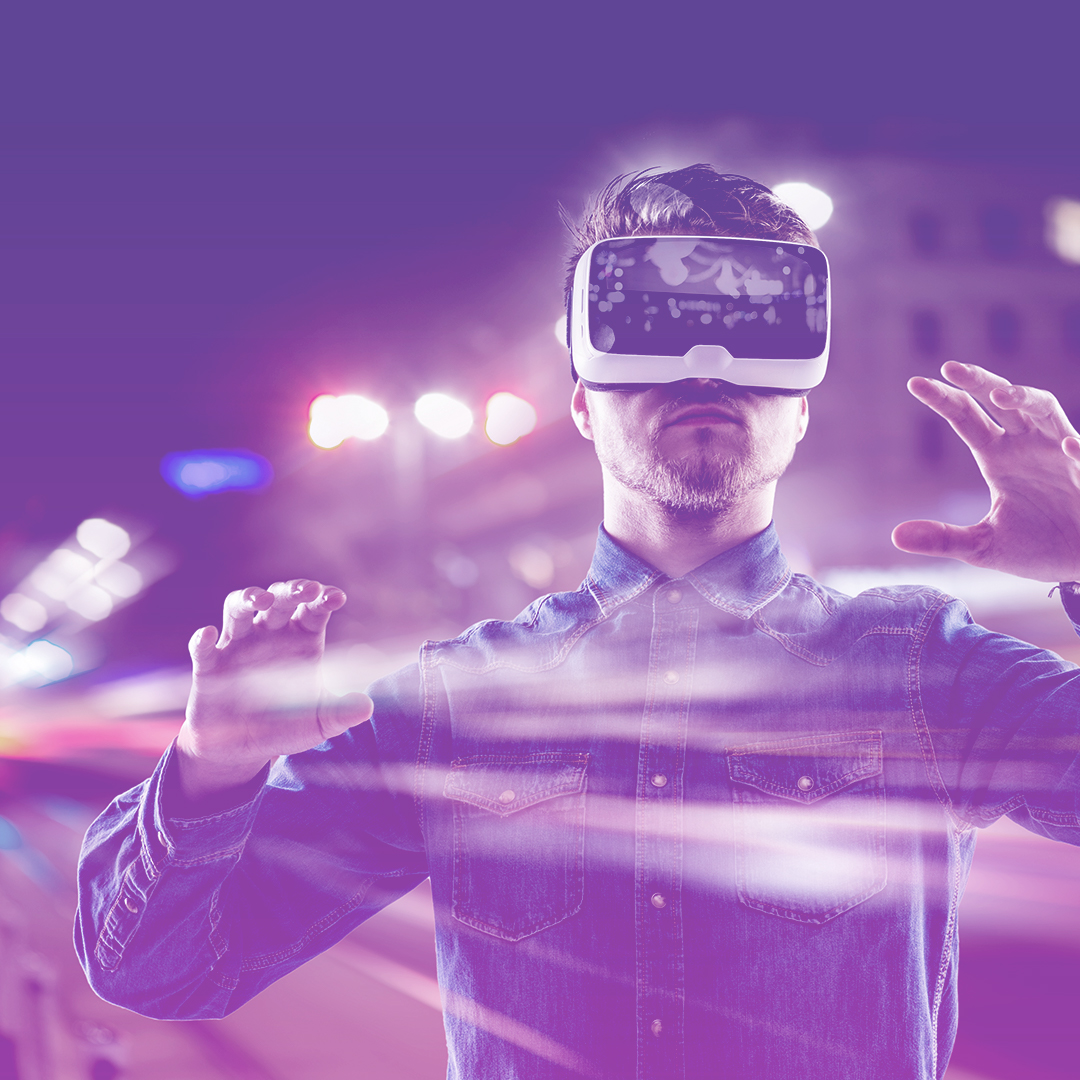Virtual reality: buzzy novelty or travel marketing must-have?
Since the early days of travel marketing, brands have tried to offer a glimpse of their escape to inspire travelers to visit. Whether through “Wish You Were Here” postcards, timeshare presentations or, even more recently, influencer marketing. The hope with each is to showcase what your destination, hotel, etc. has to offer. What if you could immerse someone in the experience before they even arrived? What if you could do more than just give a glimpse of inspiration, but a full “feet in the sand” tour without ever leaving the comfort of your home? It’s been on the horizon for some time, but the early adopters are here and brands are braving the new space. As the technology evolves and consumers become savvier, marketers will need to find smart ways of integrating it into their plans, if at all.

The rise of the realities
While Virtual Reality (VR) has been in existence for many years, the average consumer still doesn’t understand what sets it apart from other technologies. For a destination, it would start with a 360° video that uses pre-filmed, real-world content as the central media, giving users a 360 perspective of the streets and sights. If you don’t have the hardware, you can even use your smartphone to “look around” virtually at the 360 environments. A novel experience, but not fully immersive, which brings us to Augmented Reality (AR) and Mixed Reality (MR). AR adds a computer-generated layer to the existing environment (think Snapchat’s Hotdog filter or Pokémon Go). On the other hand, MR’s digital portions are more aware and reactive to the real world. While each has its intrigue-factor, we haven’t seen critical mass yet with consumers at large (or brands for that matter).

In 2014, early adopters at Marriot Hotels designed a phone-booth-like “Teleporter Room.” And with the use of Oculus Rift DK2 headsets, users were transported to eight cities – complete with motion, sounds, and even sprays of water for a full 4-D experience. In that same year, British travel company Thomas Cook took virtual reality a whole step further by using it as part of a campaign, allowing consumers to win a £3,000 trip to Los Angeles. Users were immersed into three VR videos and had to find clues as to the airline’s newest destinations. Travel seems ideally poised to leverage this tech, by taking the sales pitch one step further than a description or picture can. This should be especially appealing to the new crop of Instagram-driven travelers, who are enthusiastic about engaging with inspirational and aspirational travel content more so than other age groups. As we’ve seen social networks and online entities adapt to 360 experiences, we see consumers more open to these new approaches. Will the upcoming evolutions of these alternate realities be the catalyst needed?
What about providing results?

Suzanne Sanders, Marketing Director at VR production company YouVisit.com, says visitors spend an average of 10.4 minutes interacting with virtual reality experiences, and average 22% more in-person visits after the experience. The tourism board for the Canadian province of British Columbia, Destination BC, earned 65 million media impressions since it launched its VR experience, assisting in building higher levels of engagement. Even nonprofit organizations, like Amnesty International, reported a 16% increase in direct-debit donations brought on by its VR campaign. With numbers like these, it’s no surprise that 75% of Forbes’ World’s Most Valuable Brands have already created some form of VR or augmented reality experience.
This is because alternate realities not only offer a visual medium to showcase travel brands, but also provide more vivid experiences that connect with consumers’ emotions. Compared to flat, two-dimensional media, consumers can be transported to locations and experiences that strike awe and yearning. If a friend’s vacation photo can create an intense feeling of FOMO, imagine what emotions can be elicited by an immersive experience. You’re on a cruise ship for the first time, walking the deck overlooking the coast of St. Lucia while live music plays to your left and birds fly overhead to your right. Now all we need is Willy Wonka’s Smell-O-Vision…
It isn’t a “build it and they will come” environment, however. These endeavors require capital to get off the ground and a commitment to consumer enrichment. In order for the tech to connect with your audience, it needs to explore a unique attribute that overcomes the initial barrier of entry and have a wow-factor that keeps them engaged. Most of all, they need to be compelled to act. Beyond just marveling at your place or product, they need to desire more and act on it. Follow you on Facebook. Tell a friend. Visit your site. Sign up to your newsletter. This should be built into the experience itself.
Just getting started
As this immersive technology continues to evolve, the potential for creativity in the different sectors of the travel industry is limitless. With the release of more varied and diverse headset and haptic options, VR will continue to be more accessible to consumers on an everyday basis. In fact, according to a forecast by IHS, Google Cardboard and Samsung Gear VR headsets will make up 30% of the market. This means that even users will be able to generate their own VR, paving the way for the future of User Generated Content. Just imagine travelers, agents, and influencers sharing their personalized experiences in VR format… instantly, just how it’s done on social media today.

It’s a new era of content – and VR does more than engage consumers. It brings experiences to life, makes people feel, and more importantly, it moves them to action. So how far will VR progress in 2018? With technology rapidly advancing and an estimated 171+ million active Virtual Reality users by 2018, there will be an audience ready for it. VR is not just shaping the future of travel marketing, it is the future of travel marketing, taking wanderlust to a whole new (virtual) level. Where do you think the space is going? Tweet us and let us know.
